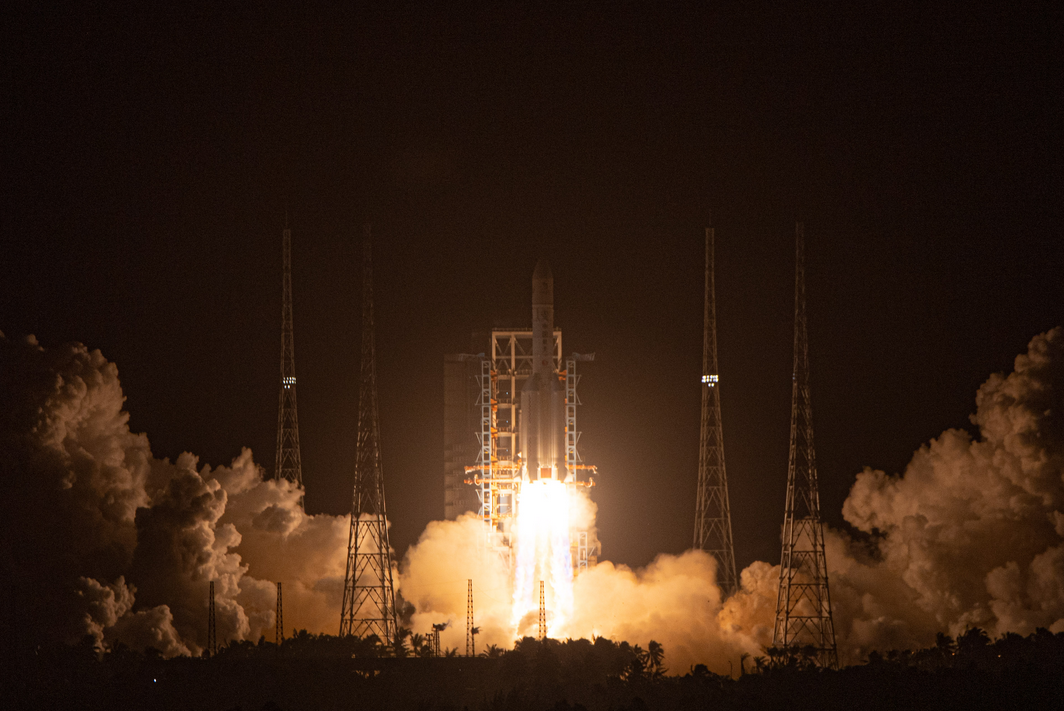BEIJING, Dec. 16 (Xinhua) -- As the Chang'e-5 probe brings moon samples back to Earth, Chinese scientists are expecting another package from the space trip: a variety of plant seeds that may bring bigger harvests.
According to the Space Breeding Innovation Alliance, its space breeding program was part of the payload.
Seeds, including rice, orchids, alfalfa and oats, embarked on the round trip to the moon on Nov. 24 when the probe was launched.
Space breeding in China began in the 1980s. After being exposed to cosmic radiation and zero gravity, some seeds can mutate and produce higher yields and improved quality when planted back on Earth, scientists say.
In 1987, the first batch of seeds entered orbit via recoverable remote sensing satellites and returned to Earth five days later.
By 1996, seeds of 51 crop plants and more than 300 varieties had been launched into space. In 2006, a satellite named Shijian-8 successfully returned to Earth carrying 215 kg of seeds of vegetables, fruits, grains and cotton, the largest payload of its kind since 1987.
Many crops developed with space-bred seeds have been planted in China.
With the rapid development of China's space program, researchers from Lanzhou Institute of Husbandry and Pharmaceutical Sciences have been looking for quality forage seeds with new space technologies, hoping to lessen China's dependence on imports.
Since 2009, the institute has sent 38 batches of seeds from nine forage types into space in seven trips, including three Shenzhou series spacecraft, the Tiangong-1 space lab, recoverable satellite Shijian-10, and the new-generation manned spaceship and Chang'e-5 probe.
The institute has cultivated Zhongtian No. 1 Alfalfa, which is grown widely in north China.
Researchers say it is not possible to predict whether seeds sent into space will eventually mutate or how they will mutate. The answer is only revealed when they return to Earth for planting and further breeding.
The Chang'e-5 probe completed its second orbital correction on the moon-Earth transfer orbit early Wednesday, according to the China National Space Administration (CNSA).
The CNSA said all systems on the orbiter-returner combination that carries the samples are in good condition.
At the right time, the orbiter and returner will separate from each another. The returner is expected to land in Siziwang Banner, north China's Inner Mongolia Autonomous Region. Enditem




 A single purchase
A single purchase









